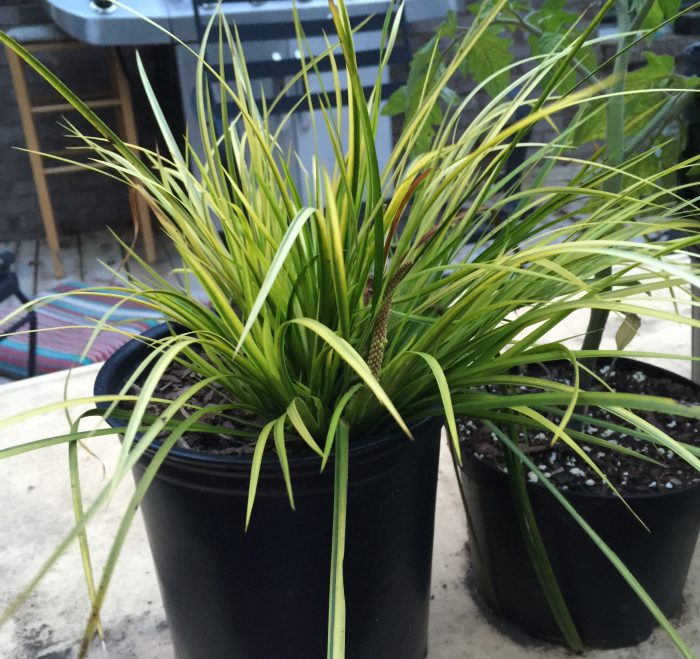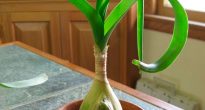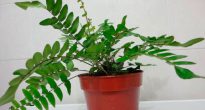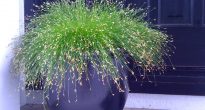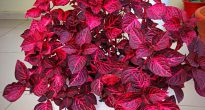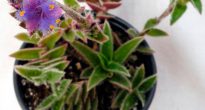A perennial herb like calamus is directly related to the aroid family. It is also called Japanese reed or marsh calamus. This plant is one of those that are excellent for composing aquatic compositions, as well as for decorating ponds and terrariums. In natural conditions, you can meet in Asia. It prefers to grow in swamps, near rivers, and in other places with damp soil.
This plant has medicinal properties. So, it is used for hair loss, for diseases of the gastrointestinal tract, for blood pressure and in other cases.
Long thin leaves grow in a bunch. They are decorated with yellowish or whitish stripes. The curling rhizome is rather thick, and it is painted in green-yellow color. The root is located horizontally along the surface of the earth. At home, calamus is rarely grown, but this plant is unpretentious and does not require special care. He is not afraid of bad soil, drafts, strong coolness and excessive watering.
If the calamus grows in the heat, then a red spider mite is likely to settle on it.
Grow at home calamus herbaceous (Acorus gramineus). It occurs naturally in the subtropics of Japan. In this plant, erect leaves are linear and leathery. And also there is a slightly flattened and rather large rhizome.
Content
Calamus care at home
Illumination
Air is recommended to be placed in a shaded place. Protect it from direct sunlight.
Temperature regime
In order for the plant to feel great, it needs a temperature of about 0 degrees. Make sure that it does not rise more than 16 degrees.
How to water
Loves moisture very much. Keep the substrate moist at all times. It is recommended to pour water into the pan and put the pot in it.
Humidity
Reacts negatively to dry air.
Transplant features
Calamus is transplanted in the spring. To do this, it is recommended to take a clayey neutral soil, and you can also use slightly acidic soil.
How to propagate
This plant is best propagated in spring, but it can be done at any other time. This is done by dividing the rhizome.
Possible problems
The leaves have acquired a brownish tint. The reason is too poor watering, as well as excessively low air humidity. The leaves that have changed color to brown must be removed, and the calamus must be watered well.



